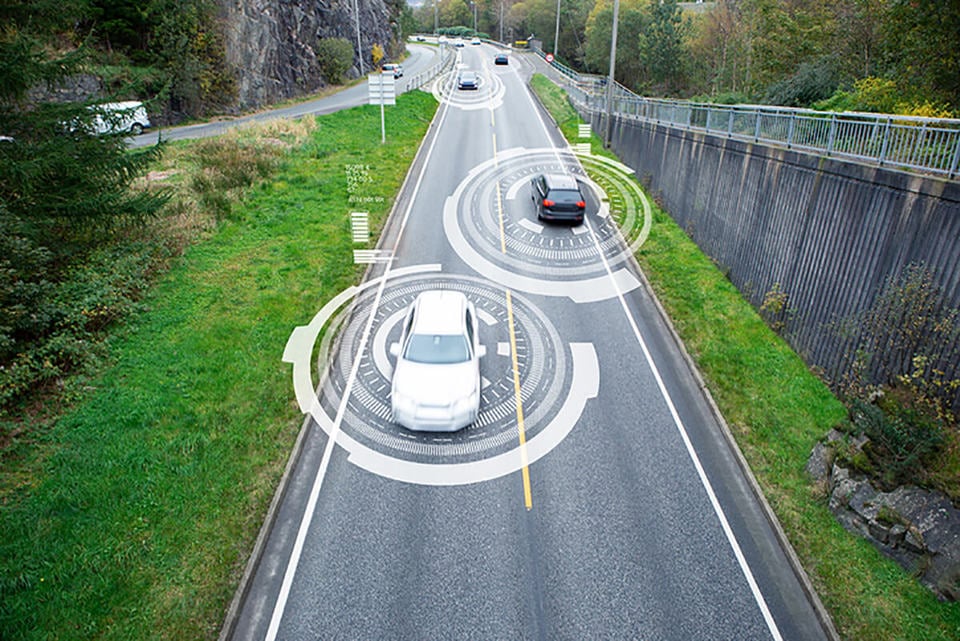Nineteen safety technologies including autonomous emergency braking and active lane keeping could be made mandatory on new vehicles in the next update of European Union vehicle safety rules expected next year.
The announcement, in a report produced by the European Commission, has been welcomed by the European Transport Safety Council (ETSC), but the organisation says several critical areas for action are missing.
It also feels the proposed timescale is far too long considering that most of the technologies are already available today.
The Commission's report says around 26,000 people die on European Union roads annually, with at least 135,000 suffering life-changing injuries.
Progress on reducing these numbers has been dramatic over the past two decades, but has slowed to a halt and even gone into reverse in some countries in the past two years.
Improved vehicle safety standards are critical to reducing deaths and serious injuries, but the EU’s rules have not been updated since 2009.
In particular, ETSC welcomes the inclusion of three technologies that have a high potential for saving lives:
- Automated emergency braking: automatically slows down and stops the vehicle if it detects a vehicle in front. Some versions already available on the market can detect pedestrians and cyclists.
- Intelligent speed assistance: overridable system that communicates the current speed limit to the driver using digital maps and speed sign recognition and helps them keep within the limit. Already available as standard on vehicles including the Ford S-Max and Galaxy and Volvo XC 90.
- Seat-belt reminders: already mandatory on driver seats, the Commission is looking to extend fitment to all passenger seats. Failure to wear a seatbelt is still a leading cause of death on Europe’s roads.
Antonio Avenoso, executive director of the ETSC, said: “These long-overdue changes are a step in the right direction for road safety in Europe.
"But giving the industry 14 years to implement some of the measures is incomprehensible, especially in light of the recent lack of progress in reducing deaths.
“There is also a sense of a growing inequality in road safety. With these proposals, drivers of more affordable vehicles will have to wait almost a decade to get guaranteed access to life-saving technologies that are available today on more expensive cars.
"The Commission must look again at the requirements and deadlines before its legal proposal next year.”
The Commission will now carry out futher research into the safety technologies to assess their cost-effectiveness to "arrive at an irrefutable assessment of their impact to indeed boost EU vehicle safety".














Login to comment
Comments
No comments have been made yet.